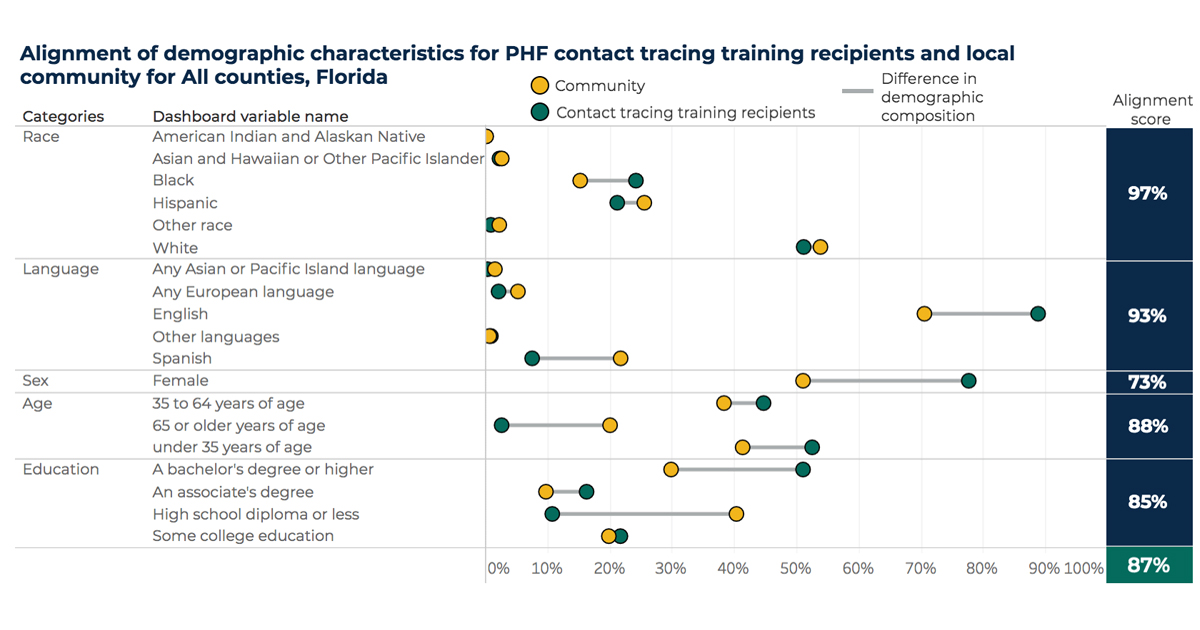In early spring, states were scrambling to learn from one another how to scale up contact tracing for COVID-19. Staff at Mathematica and the National Academy of State Health Policy (NASHP) recognized that states needed a single place to find accurate, up-to-date publicly available information about the decisions that other states were making in response to the pandemic.
“States have a number of important decisions to make about the design of their model, the tracing process, their workforce, the technology they will need to support the scale and complexity of the work, and how they can accomplish it all with available resources,” said Holly Matulewicz, a senior survey researcher who leads Mathematica’s team supporting the state contact tracing work.
To help states as they develop and refine their approaches to contact tracing, NASHP and Mathematica partnered to create and maintain a central repository that reflects publicly available information about how states approach this work. NASHP hosts an interactive map and table with detailed information about states’ approaches to COVID-19 contact tracing. It is the single most comprehensive resource for documenting the variation in states’ approaches to contact tracing for COVID-19 and updated on a regular basis. Mathematica hosts a supplementary web tool that provides contextual information about each state’s population based on data from the U.S. Census Bureau, which can inform contact tracing strategies.
In this special video episode of On the Evidence, the Mathematica podcast, host J.B. Wogan speaks with Mathematica’s Holly Matulewicz and Sule Gerovich as well as NASHP’s Jill Rosenthal and Elinor Higgins. Gerovich is the director of state health practice at Mathematica. At NASHP, Rosenthal is a senior program director, and Higgins is a research analyst.
In the conversation, they discuss why they created the contact tracing web tools, what trends they have noticed in the data, and how they plan to continue supporting state contact tracing efforts in 2021. They also demonstrate how to use both tools.
Watch the full episode below.
A version of this conversation is available as a traditional podcast, which can be found on podcast players, including SoundCloud, Apple Podcasts, and Spotify.
Want to hear more episodes of On the Evidence? Visit our podcast landing page or subscribe for future episodes on Apple Podcasts or SoundCloud.
Show notes
Read about how Mathematica supports the Washington State Covid-19 Contact Tracing Partnership.
NASHP publishes occasional blogs discussing trends in the state contact tracing data. Here is the most recent one from late June.



